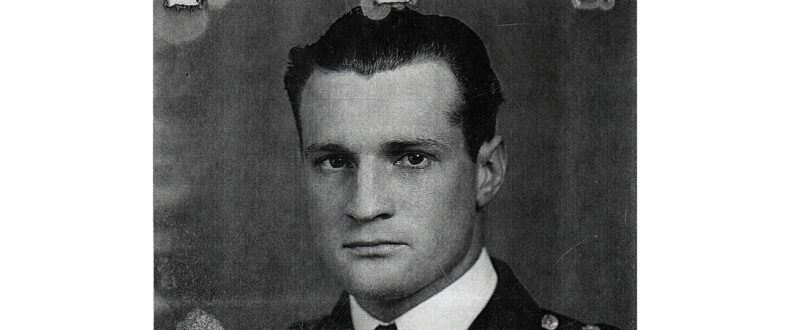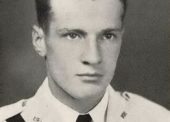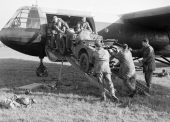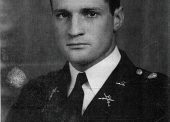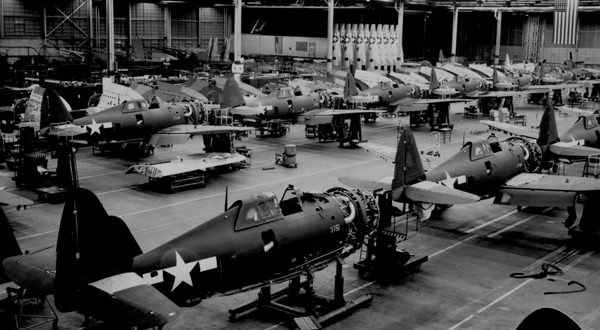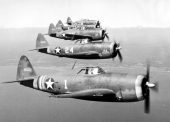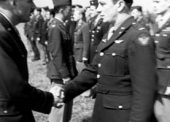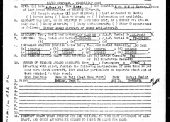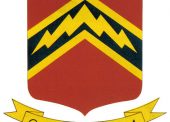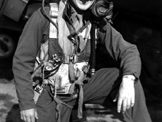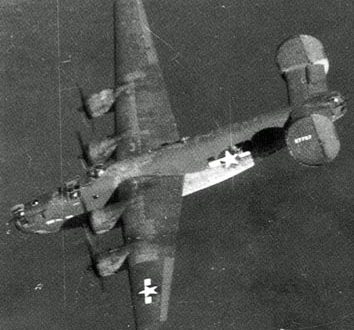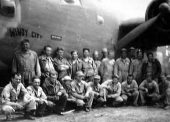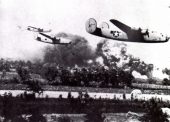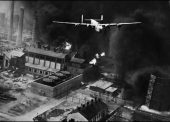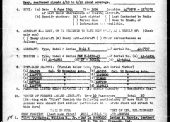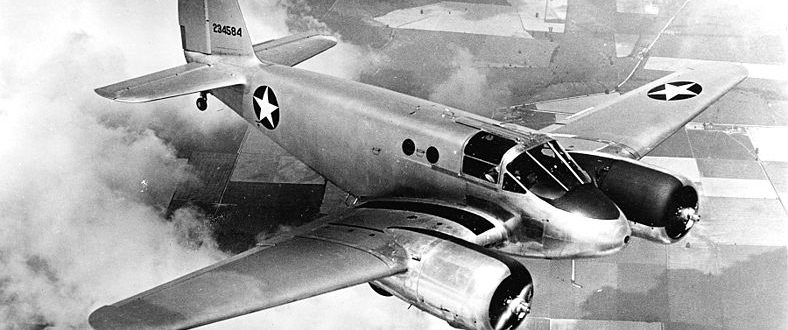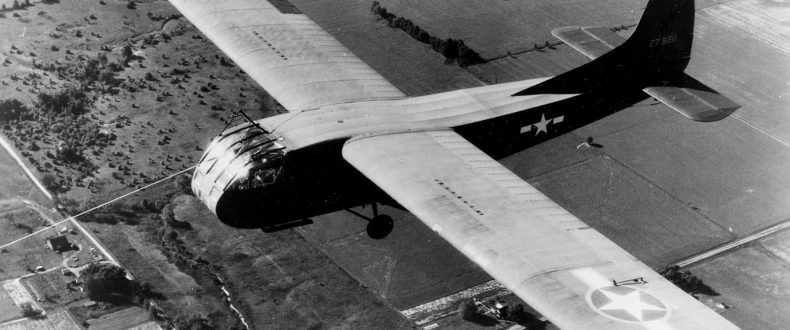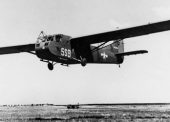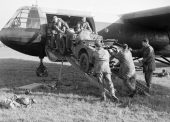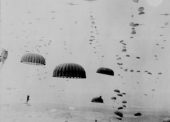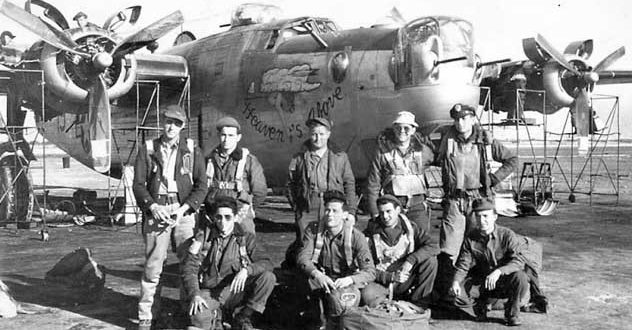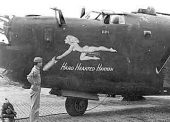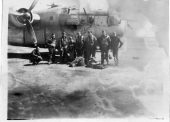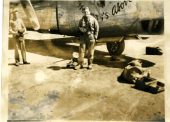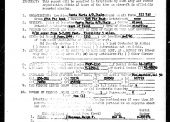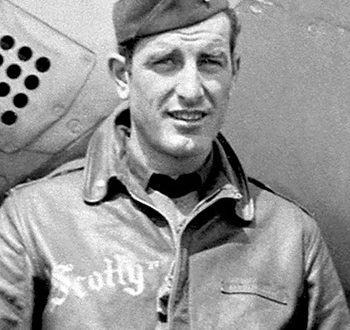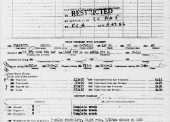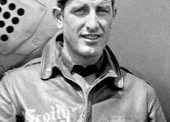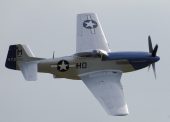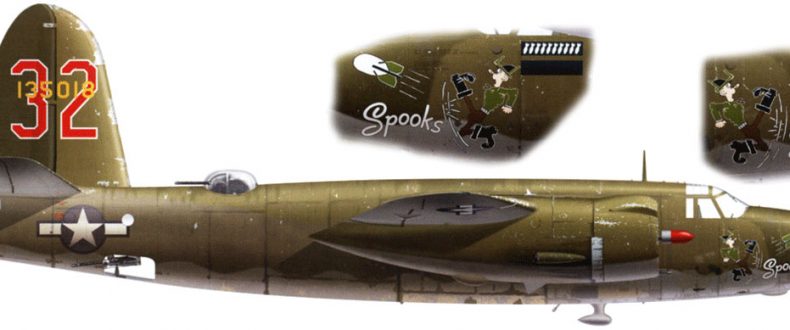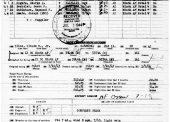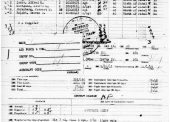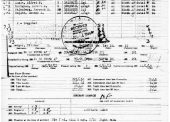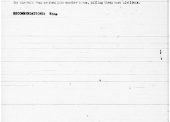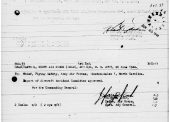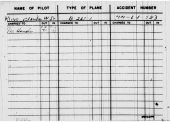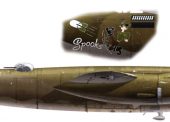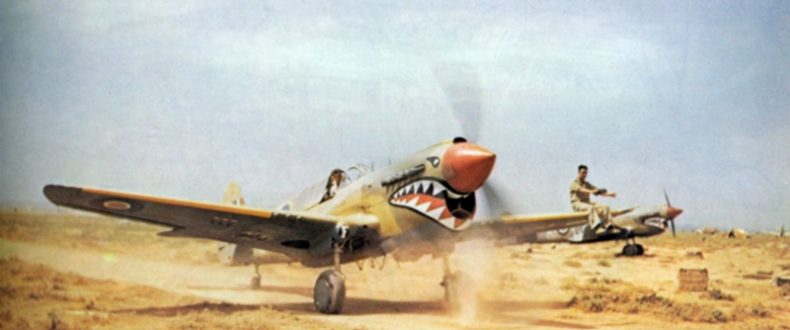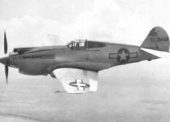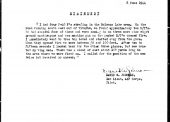Captain Norman L. Aigner: An Ordinary Guy
If you’ve been reading my blog with any regularity, you have probably come across more than one article about an “ordinary guy” who was completely extraordinary in battle.
This article is about one such man. There is a recurrent theme pointing to Norman Aigner being quite an average guy. Don’t get me wrong: Speaking from experience, being an average, ordinary guy is a pretty good thing to be in this life. But I am always in awe of men who prove themselves to be unspeakably brave and...
“Ace”
It was May 22, 1944. The 61st Fighter Squadron was over Rotenburg, Germany. Flight Officer (soon to be promoted to 2nd Lieutenant) Evan D. McMinn, of Pittsburgh, with the 56th Fighter Group (http://www.56thfightergroup.co.uk/index.html), described what happened next:
Flight Officer McMinn had become an “ace,” the designation awarded when five or more enemy aircraft had been destroyed.
Two weeks later, on D-Day, June 6, 1994, the newly-promoted 2nd Lieutenant McMinn was with his...
Three Sprained Ankles
Luck played such a large role in it all. For some, Lady Luck frowned, but for others, she gave her friendliest smile. Such was the case for a crew with the 451st Bomb Group of the 15th Air Force, B-24 tail # 42-7757, nicknamed “Windy City”.
On June 6, 1944, flying back to Italy from their target, the oil fields of Ploesti, Romania, “Windy City” was hit by German anti-aircraft. The bombardier, 2nd LT Alex Chesbowitz, told what happened next:
And the luck of the crew of...
Two Ships on the Final Approach
The greatest seaborne invasion in world history was taking place in France on June 6, 1944. But for the Aviation Cadets at Ellington Field, Texas, it was just another day of training.
Only a few minutes after midnight, at about 12:10 AM on the 6th, two AT-10 Wichita trainers were coming in to the runway at Ellington.
Observers in the tower recognized that the two trainers were close - maybe too close. A red light was given to the upper of the two planes, in warning. Meanwhile, a...
“Machine Guns Concentrated”
Technical Sergeant Arthur L. Perez submitted the following brief testimony:
The glider carried a crew of two, as well as two infantrymen from the 82nd Airborne Division. But the glider’s cargo, in military eyes, was just as important, if not more so. The equipment on board LJ 161 when it went crashed on June 6, 1944, near Blosville, France, was:
1 Jeep
1 Net
Phone and wire
Gun tools
15 rounds 57mm ammunition
1 57mm gun
Pioneer tools
Tow Rope
Loading Equipment
1...
Five From the 464th Bomb Group
The 15th Army Air Force, based in Italy, sent hundreds of B-24 Liberators against the Romanian oil fields at Ploesti on June 6, 1944. This mission cost one of their units, the 464th Bomb Group, five crews. It was one of the worst days of the war for the 464th.
B-24 tail #42-52449, nicknamed “Hard Hearted Hannah,” left the formation for reasons that could not be determined by observers. A top turret gunner in another plane in the formation testified that “…there was no smoke,...
Debut for Debach
It was the very first combat mission for the 493rd Bomb Group, based in Debach, England. Thirty-six B-24’s took off for their target on June 6, 1944. But when they reached their objective, a road and railroad crossing at Lisieux, France, it was completely covered by cloud.
The decision was made for the group to return to England without dropping their ordnance. Somewhere over the English Channel, at 10:28 AM, two of the B-24’s collided. A witness stated “the right wing of A/C...
Night Take-Off
The P-51 Mustang, tail #43-6685, prepared for takeoff early in the morning of June 6, 1944. The mission of its unit, the 352nd Fighter Group, was to support the ground troops landing in Normandy that day. The weather was listed as “changeable and at the time of the accident the sky was overcast and there was a slight drizzle.”
At 0251 hours, the aircraft was seen to crash into one of the large lighting towers that surrounded the field at Bodney, in East Anglia, England.
“The ship...
“Flying Around Beneath the Overcast”
Sometimes the reports are sparse, despite the tremendous loss of life and damage to property.
On June 6, 1944, B-26 ‘Marauders’ of the 394th Bomb Group (Medium) were among those attacking coastal batteries at St. Martin de Varreville, in Normandy, France. As students of the D-Day invasion know, the weather was very poor that day. In the rainy bad weather and the early morning dark, two B-26’s of the 394th collided in mid-air, in the area of Gillingham, England. The crash report...
West of Terni
The city of Rome had been in Allied hands since June 4, 1944, but much fighting continued on in the area. Sixty-five miles to the north, German forces were regrouping near the town of Termi.
P-40 "Warhawks" of the 27th Fighter-Bomber Group at Santa Maria, Italy were ordered to attack these German positions on June 6, 1944.
West of the city, a flight of four P-40’s went down low to attack 5 camoflaged German military vehicles. One of these planes, piloted by 2nd Lieutenant Ralph F....
